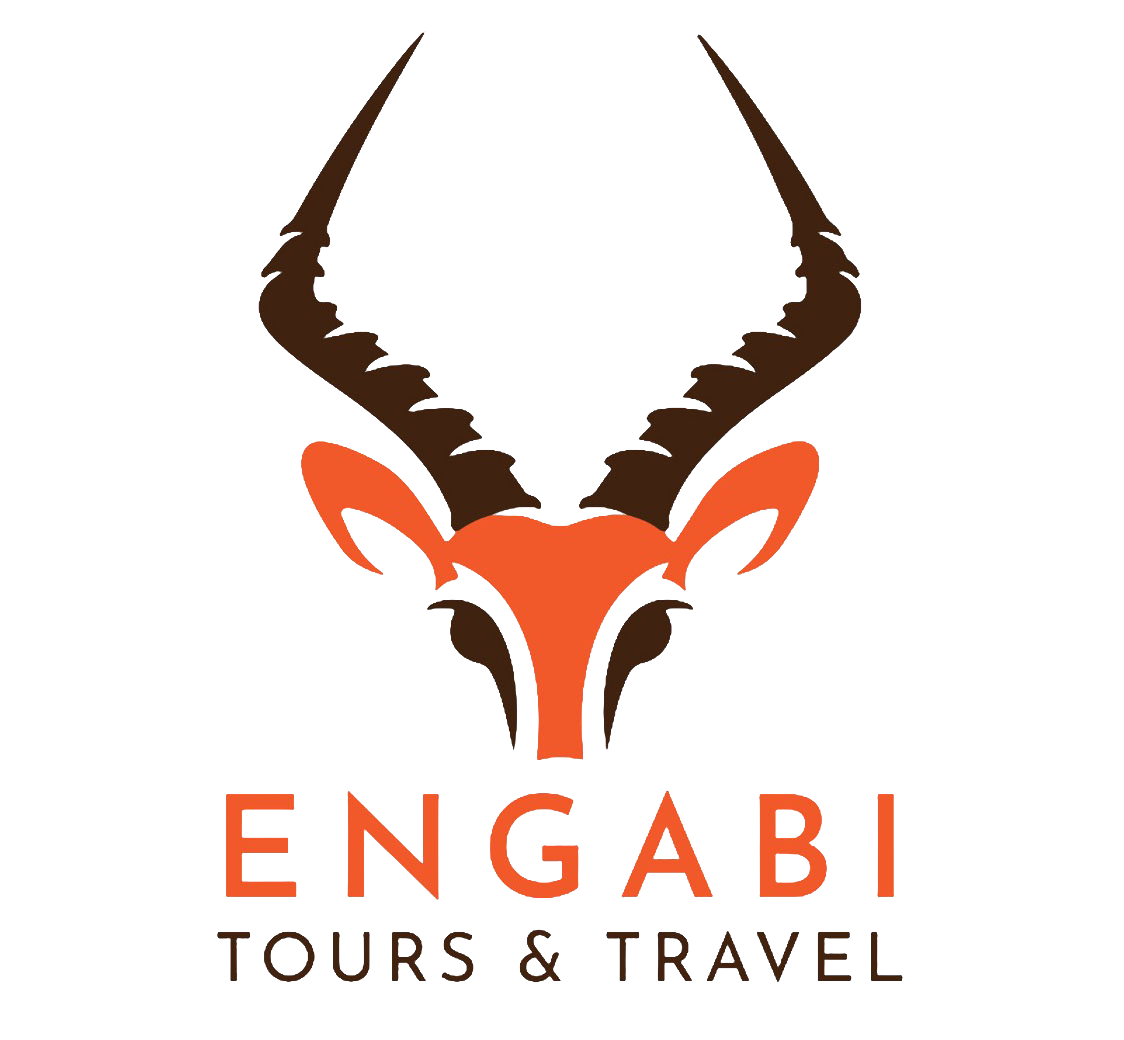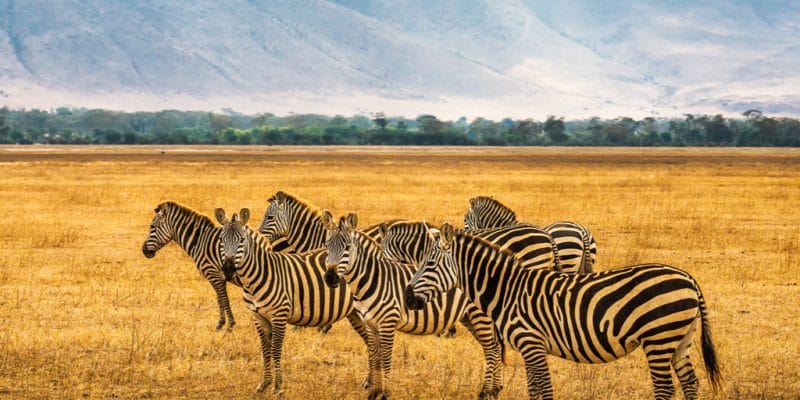Located in the northern region of Tanzania, the Ngorongoro Conservation Area spans 8,292 square kilometers and is home to the largest inactive, empty caldera in the world. The Ngorongoro conservation region is home to a number of wildlife species, including the “big 5,” which consists of elephants, lions, leopards, buffaloes, and rhinoceroses. In this region of Tanzania, there are numerous different kinds of wildlife.
One of the astonishing facts of the Ngorongoro conservation area is that the volcano was almost as tall as Mount Kilimanjaro before it erupted over 2 million years ago, creating the Ngorongoro crater.
Another intriguing aspect of the Ngorongoro crater is the absence of giraffes from the diverse animals seen there. Giraffes cannot be observed on safaris surrounding the Ngorongoro crater because of the crater’s steep walls.
The Maasai people live in the Ngorongoro protected region and can be seen grazing their animals, including cows, goats, and sheep, in the highlands and on the green plains.
The Maasai are renowned for their distinctive culture and way of life. Interactions with the Maasai are part of the experience on safaris around the Ngorongoro conservation area, which also includes visiting the Maasai villages and homes made of mud, watching traditional dances, viewing local art and crafts, and learning more about the Maasai culture.
Ngorongoro conservation area-Tanzania
In addition to being a UNESCO world heritage site, the Ngorongoro conservation area features stunning scenery including savannah grasslands, woodlands, and forests. Another feature of the Ngorongoro crater is an alkaline lake in the center, where groups of flamingos and numerous other bird species can be seen.
Safaris to the Ngorongoro conservation area cost around 71 USD for park entrance fees and 295 USD for crater expenses.
Activities carried out around the Ngorongoro conservation area
Safaris around the Ngorongoro conservation area involve a variety of activities, including the following;
Visiting Maasai villages
The Maasai people, who live among the diverse wildlife species in the savannah of Ngorongoro, call the Ngorongoro conservation area home.
In the Ngorongoro reserve region, which is also home to the Datoga and the Hadzabe, the Maasai make up a sizable portion of the local population. While on safaris, visitors can engage with these natives and discover more about their traditions.
The Maasai are noted for their reliance on their livestock and for living as nomads. However, agriculture is also practiced by the Maasai who live close to the Ngorongoro protected area. The Maasai are employed as tour guides and also work in the hotels near Ngorongoro, where they play a significant part in the tourism industry.
The Maasai evaluate wealth in terms of the quantity of cattle that a person owns, which is an intriguing truth about them.
Game drives
Safaris in and around the Ngorongoro conservation region often include activities like game drives.

The adventure is a 600-meter descent into the Ngorongoro crater, where a variety of wildlife species can be viewed. Elephants, buffalo, lions, leopards, black rhinos, zebras, wildebeests, hippos, antelopes, waterbucks, hartebeests, kudu, hyenas, and warthogs are just a few of the animals that can be seen during game drives around the Ngorongoro conservation area.
Ngorongoro conservation area-Tanzania
Various periods of the year are suitable for game viewing in the Ngorongoro conservation area. For seeing animals at the location, the dry season from June to October is advised.
Crater rim experience
During safaris near the Ngorongoro conservation area, exploring the crater rim of Ngorongoro is an additional experience.
Visitors can enjoy breathtaking views of the crater and encounter a variety of wildlife species while on safari by participating in guided nature walks around the crater rim. This excursion is done with a ranger guide and can be done in the morning or the evening.
Hiking
Hiking tours of the Ngorongoro highlands are part of safaris in the Ngorongoro conservation area.
This activity can also be done in the vicinity of nearby craters, such as the Empakaai crater, which is located to the northeast of the Ngorongoro crater. Volcanic activity also contributed to the formation of the Empakaai crater.
Bird watching
Bird viewing is another activity that is done while on safari in the Ngorongoro conservation area. Flamingos, starlings, black-winged lapwings, vultures, Livingstone turracos, rufous-tailed weavers, secretary birds, ostriches, and many other wildlife species can be spotted in the vicinity of the crater.
Visiting Ol duvai gorge
A popular destination near the Ngorongoro conservation area, the Ol duvai gorge is also known as the “cradle of mankind.”
Ol Duvai Gorge is an archaeological site in northern Tanzania where findings of fossils and stone artifacts that show human evolution have been made. Dr. Louis and Mary Leakey were the ones who made these discoveries.
Visitors to safaris can also visit the Ol Duvai Museum, where some of the discoveries are on exhibit and more details are provided during the museum tour.
How to get to the Ngorongoro conservation area
Both a route from Arusha town and a flight from Kilimanjaro international airport can be used to reach the Ngorongoro conservation area.
Luxury lodges, midrange lodges, and budget lodges are all available for travellers to stay at when on safari in Tanzania’s Ngorongoro conservation region. These lodging options can also be found in nearby cities like Karatu.
The lodges and tented camps around the Ngorongoro conservation area include Ngorongoro Serena safari lodge, Ngorongoro wildlife lodge, andbeyond Ngorongoro crater lodge, Ngorongoro Sopa lodge, Rhino lodge Ngorongoro, Elewana the manor at Ngorongoro, Neptune Ngorongoro luxury lodge, Lemala Ngorongoro tented camp, Ngorongoro crater camp, Eileen’s tree inn, Hhando coffee lodge among others.
Travel to Tanzania and experience a wildlife safari while touring the Ngorongoro conservation region.


